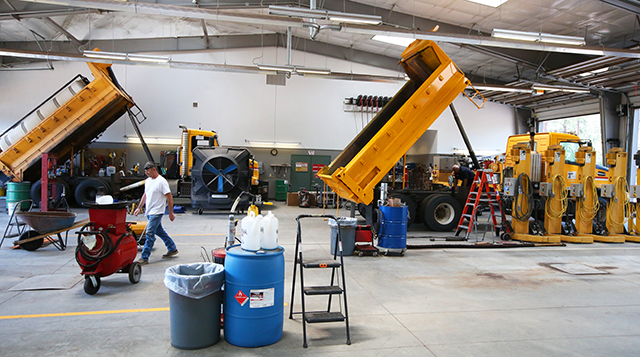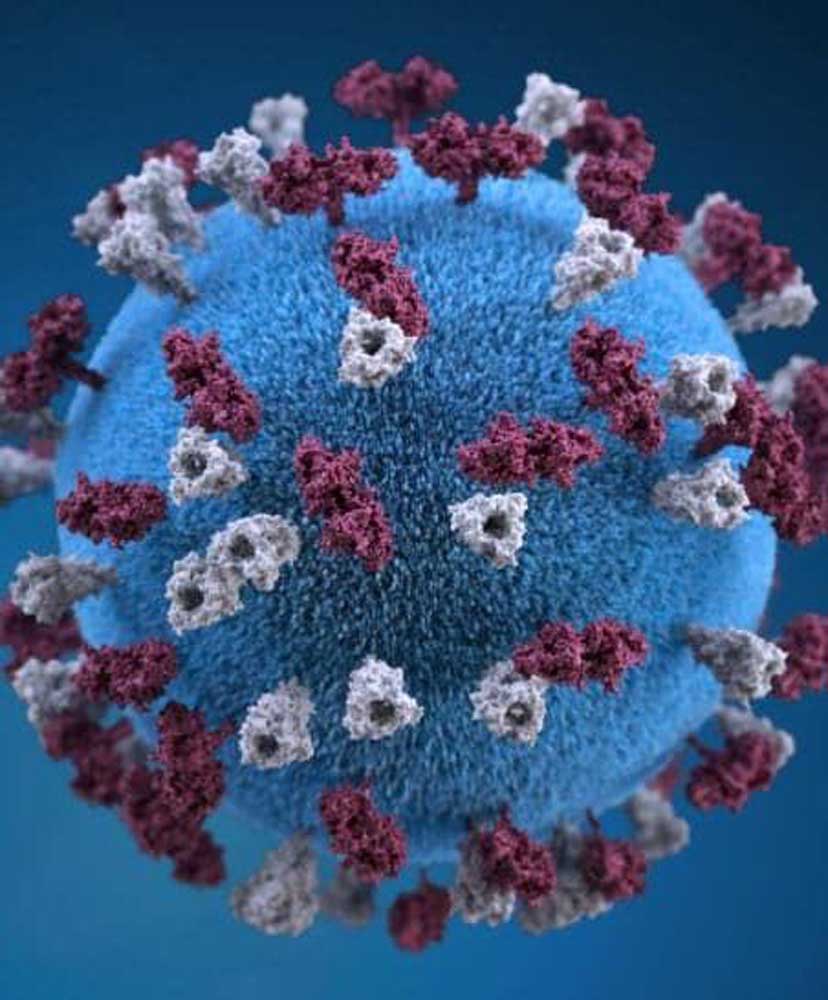Bend is one of a handful of cities testing anti-allergy oral therapy
Published 5:45 am Saturday, December 14, 2024

- Dr. Haley Hostetler, left, observes Marty Sinnott, 6, as his mother, Nicole Hughes gives him a mixture of milk and sorbet to increase his immunity to allergens.
Marty Sinnott was just 8 months old when he had his first allergic reaction to a milk product.
He was on an airplane with his parents on their way to Canada for a family visit and was eating yogurt for the first time when his airway began to constrict. His eyes swelled shut.
Trending
Luckily for Marty, there was a doctor on the plane who monitored his breathing and heart rate until the family landed and the baby could be treated by a doctor.
“It was scary,” said Nicole Hughes, his mom. “As a parent now of two children, there was nothing that’s happened that’s been as scary.”
Fast forward five years, and now Hughes’s son is in kindergarten. Hughes worries that he might eat something inadvertently that might trigger an allergic reaction. She reached out to her pediatrician, who happened to participate in a study using oral immunotherapy protocols that train a body to not react to allergens.
Nationwide, one in every 13 children have a food allergy that could result in an anaphylactic reaction, said Dr. Haley Hostetler, an immunologist at Central Oregon Pediatric Associates. Food allergies are more than three times more likely to cause a patient to go into anaphylactic shock, which is when the body’s immune system releases chemicals that reduce the airways and cause blood pressure to drop.
Giving allergic children oral immunotherapy is relatively new. The National Institute of Health published a study from 2022 showing that after 30 weeks of eating slightly more peanut protein every two weeks, 71% of the children ages 1 to 3 did not show a reaction. When Hostetler arrived in Bend to be closer to family, she said there was a need to better serve pediatric patients who had allergies.
Seven patients at the Central Oregon Pediatric Associates practice are on the oral immunology protocol developed by a company called Latitude, she said.
Trending
The trial program is one of seven nationwide . In Bend, the program is supported by a $50,000 grant from the Julia Koch Family Foundation to pay for care for under-insured or uninsured children.
“The patients are doing really well on the therapy,” Hostetler said. “This oral therapy is helping them build up faster immunity. There are no other medical practices in Oregon providing oral immunotherapy treatment for multiple allergens or all allergens.”
How it works
For years, children who had food allergies had to just avoid the foods. Allergy shots only protected them from environmental allergens, but food allergies remain a concern. The goal of an oral therapy is to micro-dose tiny amounts of food that a child is allergic to and, as tolerated, build up slowly from 1 to 3 milligrams to over 300 milligrams.
A single peanut has 240 milligrams of peanut protein, said Kimberly Yates, Latitude founder and CEO.
It’s Latitude’s protocol that Hostetler is using along with an app that she can use to tap into how patients are doing or if they’ve experienced a reaction, no matter how small.
“Latiude focuses on food allergy diagnosis and treatment,” Yates said. “We are using evidence-based protocols that we are always improving on to provide cutting edge treatment. This treatment is good for a single allergen or multi-allergens. It desensitizes the body. “
Patients are gradually exposed to higher amounts of the food they are allergic to to eliminate potentially fatal reactions with accidental ingestion, Hostetler said. The treatment takes up to a year of increasing doses every two weeks. Each time the dose is increased, the patient is monitored by a doctor in the office for one to two hours after initially ingesting it to determine if there’s a reaction.
“At minimum we will be able to ensure bite protection, meaning that if a child is exposed to an allergen, they will not have a life threatening anaphylaxis reaction,” Hostetler said. “It is also plausible that a child may be cured of their allergies in the long term.”
The younger the patient, the more apt the child will be to potentially overcome their allergies, as the immune system of a child under a year is still developing, she said. Latitude’s protocol is being used on adults, but not in Bend, Hostetler said.
Because of the time requirements and insurance coverage issues, the treatment is not widely available to patients, Hostetler said. Insurance companies limit the number of visits to a specialist like an allergy doctor, she said. But the grant from the Julia Koch Family Foundation enables the providers to offer it to their patients regardless of ability to pay, she said.
“The grant funding is critical to supporting the actual therapy itself so that we can offer this service to all kids,” Hostetler said. “All of the funding will be used for food allergy care only and none of it will be sued for compensation of physicians or staff.”
Marty’s story
When Marty Sinnott, who is now 6, was a baby he also was allergic to gluten and eggs, in addition to all dairy products. He carries an EpiPen, a medical device that injects a dose of epinephrine to treat anaphylaxis from an allergic reaction.
Even though his elementary school has been alerted and her son is a good advocate for himself, Hughes is concerned that some dairy product could be in some food he eats that can cause a severe reaction.
Since starting on the oral immunotherapy in November, Marty now can tolerate a half teaspoon of milk without any reaction. The goal is to get him to the point where he can tolerate some milk without going into shock, said his mom. Eventually, he might outgrow this allergy, she said.
“He’s a good advocate for himself,” Hughes said. “He had to use his EpiPen twice, so he has a good sense of what happens when he eats or encounters milk products.”








